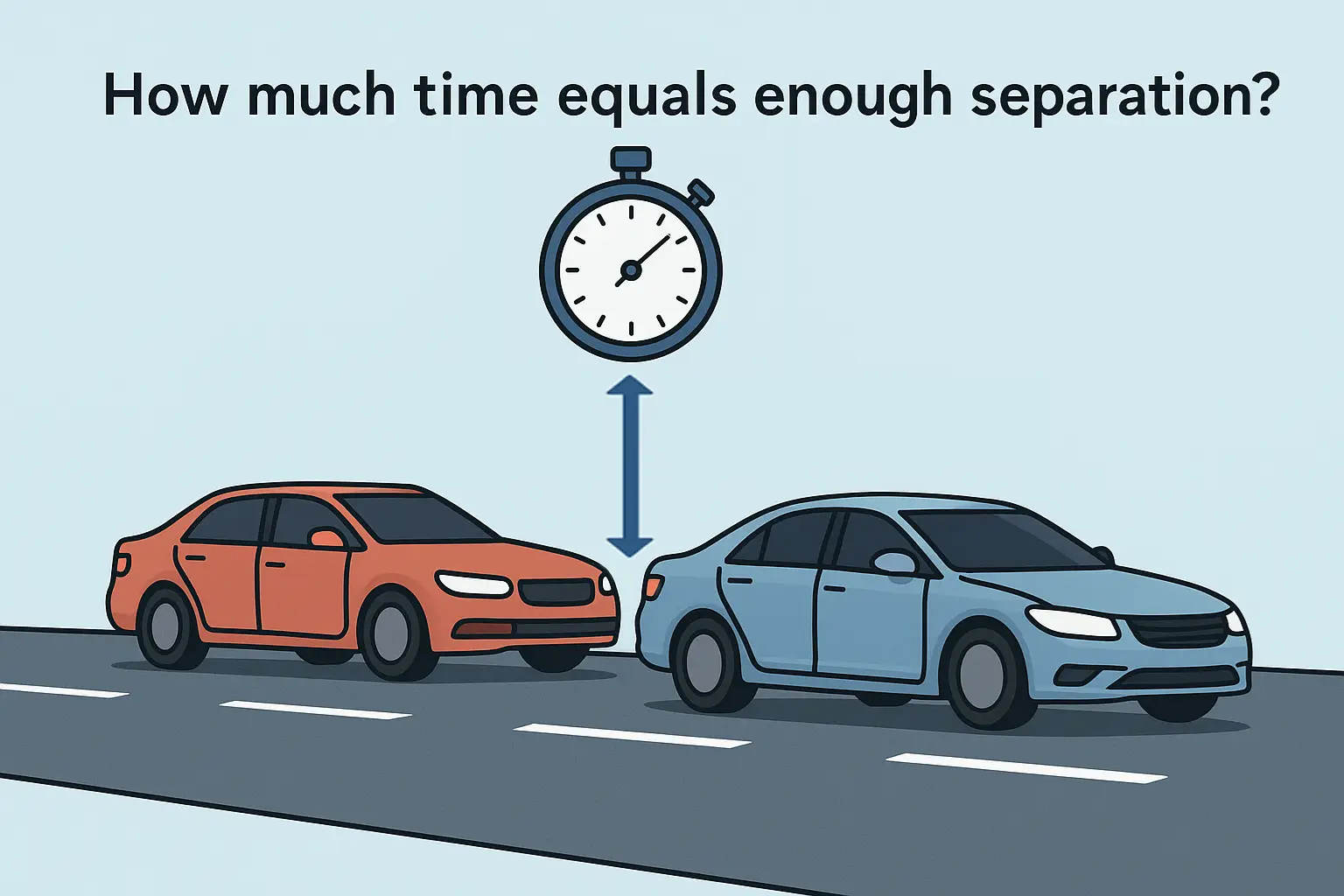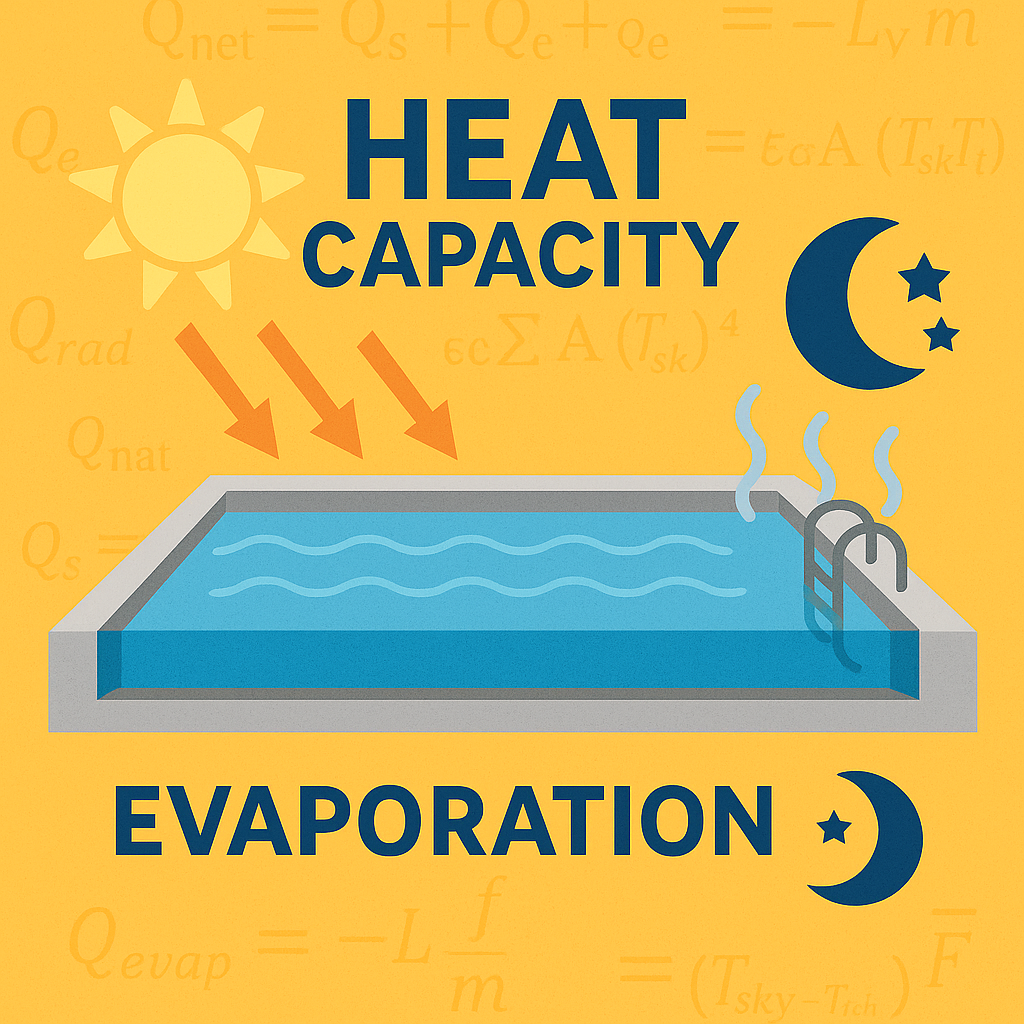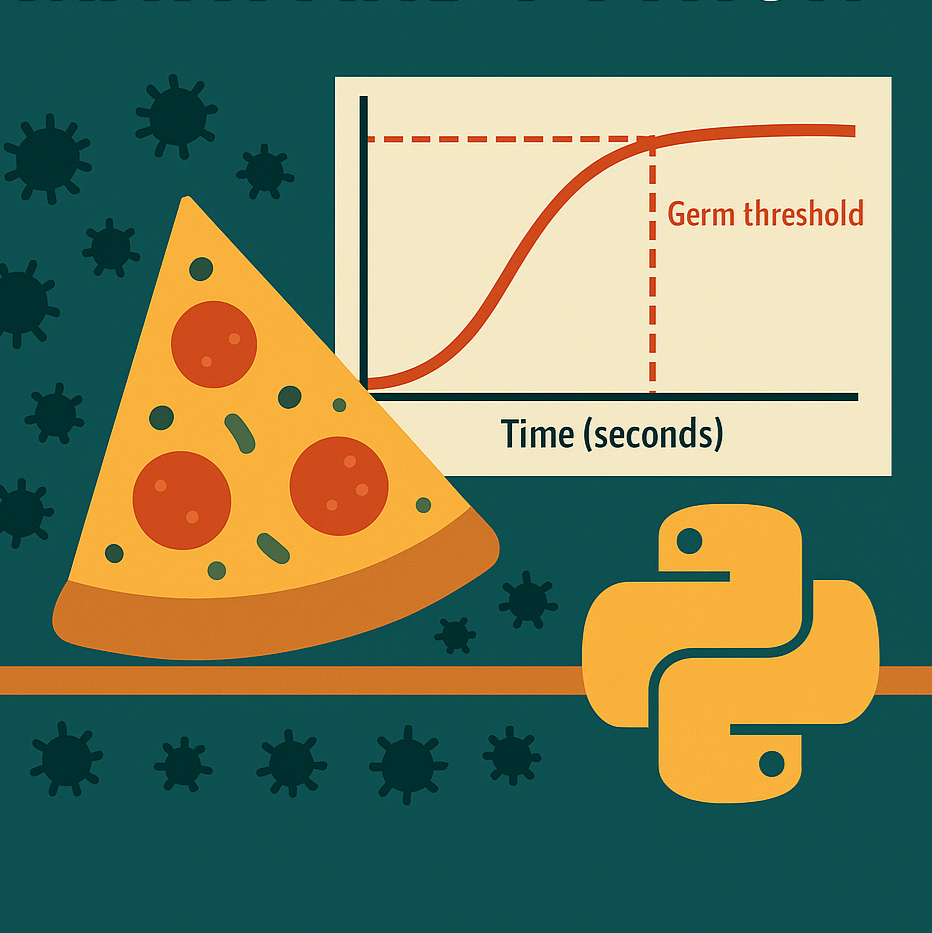
While researching why car insurance rates are so extremely high in Las Vegas, I started thinking about the three-second rule and its validity. As I’ve always heard, the three-second rule refers to how far you should be behind a car in traffic. The idea is that you pick out a fixed roadside marker and you are supposed to pass that marker at least three seconds after the car in front of you. That rule is simple enough, yet deceptively deep once you unpack the physics.
“Three seconds is a rule of thumb. Physics reveals the truth.”


